How much caffeine is too much?
It’s the question at the forefront of my mind as I try to reduce my coffee intake.
I wouldn’t say I’m an addict, but a daily intake of two or three cups had percolated into four, five… ok, sometimes six.
I worried that my sleep was being affected. It was a worry that occasionally affected my sleep.
Meanwhile, the work day was punctuated with so many coffees there was hardly time to do any work. Something had to be done.
So I cut back to a solitary one a day. Because you can’t argue that one is too many.
Or can you?
A survey released today by consumer watchdog Which? reveals that, when it comes to caffeine, one cup of coffee can mean many different things depending on where you buy it from.
The research found that a single espresso from Pret a Manger contains 180mg of caffeine, six times as much as one from Starbucks (33mg).
Meanwhile, a medium cappuccino from Costa Coffee contains 325mg of caffeine – a whopping five times as much as in the same drink from Starbucks (66mg).
In fact, the difference between the two drinks is equivalent to four cans of Red Bull.
Considering there is a UK ban on selling Red Bull to children because of its high caffeine content, the numbers highlighted in the Which? survey are concerning.
And confusing, especially to someone like me that is looking to cut down on caffeine.
For example, I can drink three Starbucks cappuccinos and still stay under the UK government’s recommended caffeine limit of 200mg for pregnant women (I’m using that because there is no overall recommended limit).
But a single cup from Costa blasts me straight through the ceiling.
What’s going on?
No such thing as a standardised coffee
The answer, according to Jonny Aspden, a coffee expert and owner of the Coffee Apothecary shops in Udny and Ellon, lies in the rough-and-tumble world of professional barista-ing.
In short, there is no such thing as a standardised cup of coffee.
I have long assumed that a typical coffee contains two ‘shots’, or a set amount of coffee grind.
Isn’t ordering a latte or a flat white like going to a pub and ordering a single or double measure of vodka?
“No,” says Jonny, with a polite sigh that suggests I’ve opened up a whole can of worms.
“It’s the most frustrating thing in the world when running a cafe,” he goes on.
“Everyone comes in saying they want a latte, but then your latte is so different to that cafe’s latte or that cafe’s latte. There is no standard.”
To further cloud the issue, even the concept of a ‘shot’ is vague.
In traditional Italian coffee making, says Jonny, a shot is seven grams of coffee in, 14 grams of coffee out.
That means a seven-gram measurement of ground coffee makes a 14-gram single espresso.
“But no one in the speciality coffee world does that anymore,” Jonny continues. “We’re running different amounts of coffee in a double shot for every single [coffee style].”
For example, one of Jonny’s coffees at Coffee Apothecary runs at 19 grams in and 41 grams out.
Another style is 19 grams in and 46 grams out.
Why do high-street coffee chains have such differing caffeine levels?
Of course, for Jonny, the goal is not the caffeine levels.
It is instead all about flavour, and he tweaks his recipes accordingly.
For high street coffee chains, though, he suspects other considerations are at play, including the ‘buzz’ customers get from their daily cup of joe.
Higher caffeine content could also be down to a higher mix of robusta beans in the blend compared to the higher-quality arabica beans.
Robusta beans generally have a higher caffeine content, according to Jonny.
Meanwhile, the generally lower caffeine content at Starbucks could go back to the Seattle company’s early mission to compete against American soft drinks such as Coke and Pepsi.
Then, the goal was to offer volume, a mindset that continues to this day.
“The largest Starbucks is 20 ounces, which is a pint,” Jonny says. “You are having a pint of milk. I really enjoy a pint of milk, but I wouldn’t want a Starbucks coffee at the bottom of it.”
Jonny has another answer to the why the Which? survey uncovered such huge differences in caffeine content. The survey – which looked at the caffeine content of espresso, cappuccino and filter coffee drinks from Caffe Nero, Costa, Greggs, Starbucks, Pret a Manger and Starbucks – is wrong.
“It does seem a little funny,” he says, “I was sent the survey by a coffee roaster who said he wonders if someone got their figures wrong.”
‘It better have caffeine in it’
On the streets of Aberdeen on Wednesday, there was a similar level of misunderstanding among coffee drinkers over how much caffeine is in a cup.
“I probably should know, but I don’t,” says Shannon as she hurries down Schoolhill in a biting cold wind with friend Cameron.
Shannon clutches a Pret a Manger coffee, which according to the Which? survey contains as much as two-and-a-half times caffeine as a Starbucks equivalent.
“I drink it for the energy boost, so it better have caffeine in it,” she says with a laugh.
Sitting out of the wind on a bench next to Provost Skene House and sipping a Costa black Americano, Kirsteen Boxall says she always suspected her favoured brand was stronger than the rest.
Which is exactly how she likes it. Asked how many coffees she drinks a day she says: “Two. A big two.”
As for me, I’ve sidestepped the high-street caffeine conundrum by making my own coffee with an Aeropress, a manual espresso machine that fits in my bag.
I know exactly how many shots to add, and how long to brew for, so there are no surprises when it comes to caffeine levels.
As for other solutions, Jonny at Coffee Apothecary has one.
“You can always try decaf,” he says. “You get some really good ones these days.”
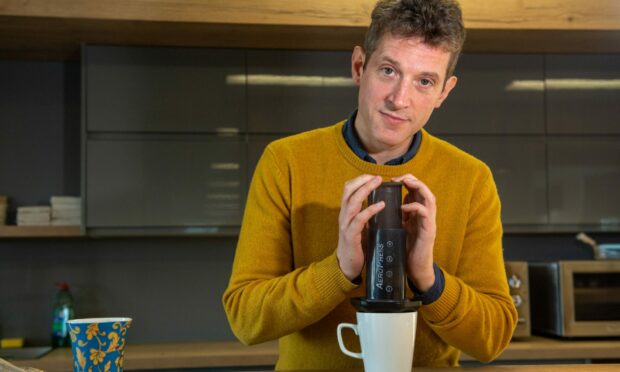
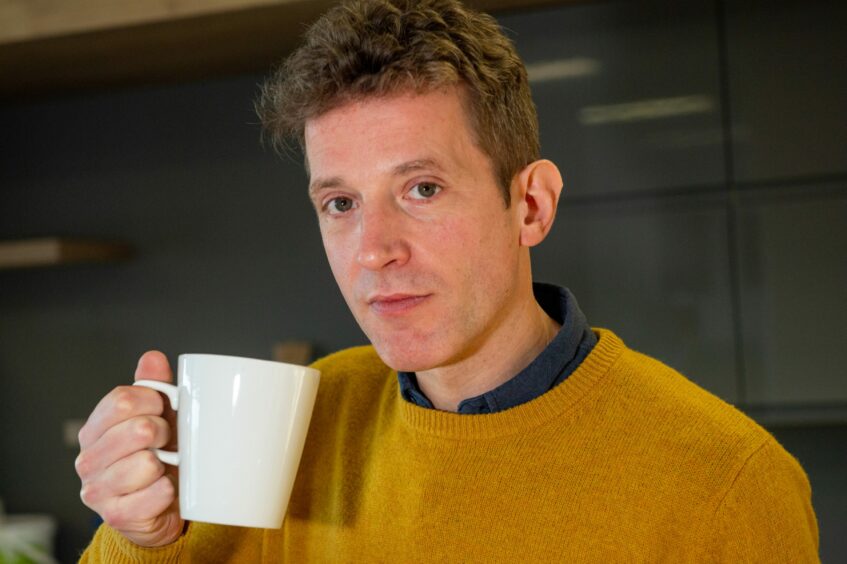

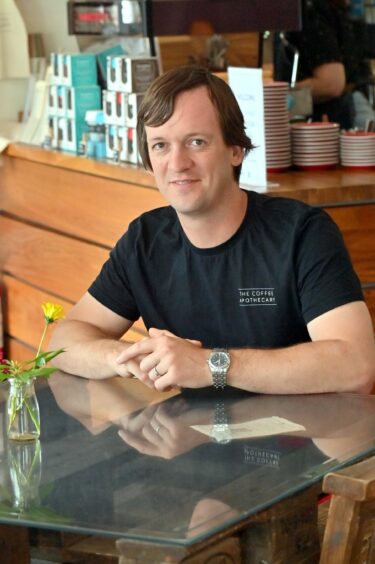
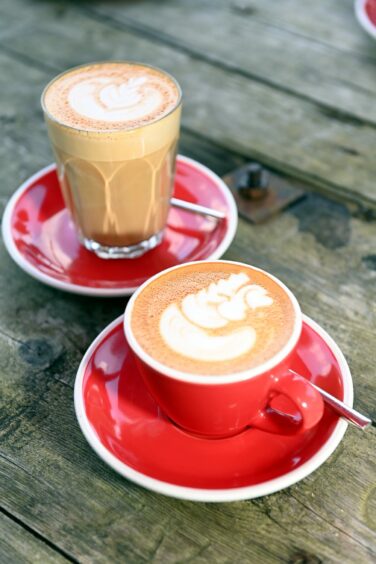
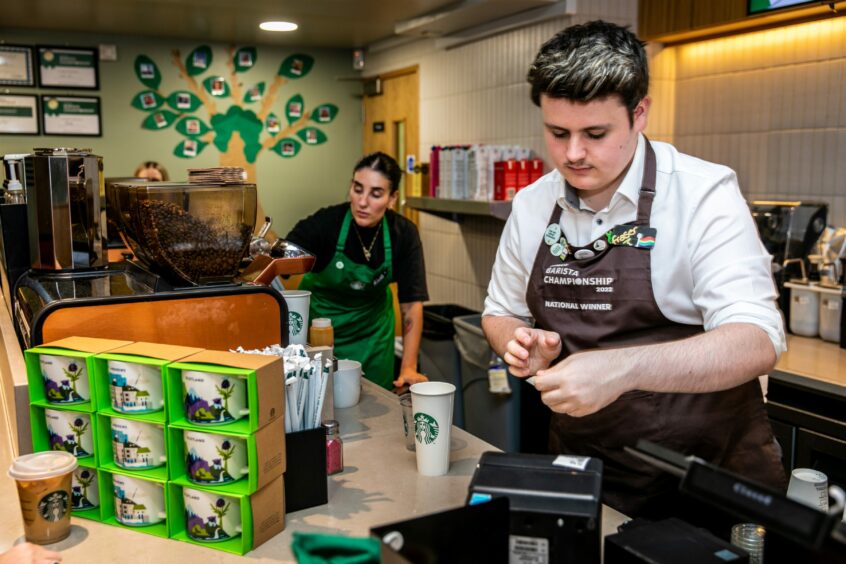
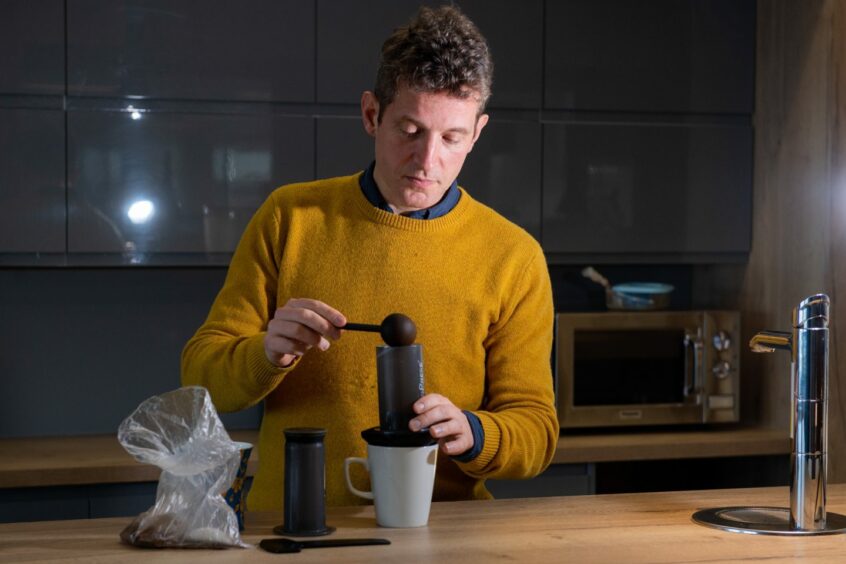
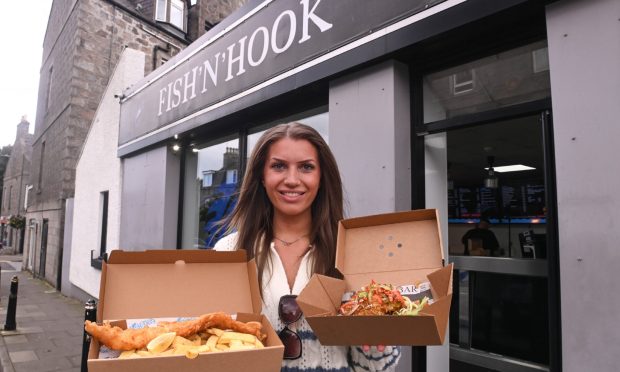
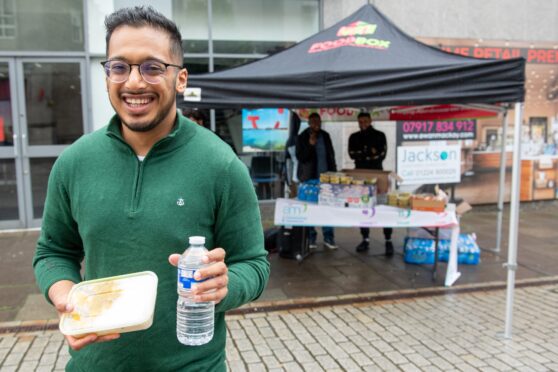
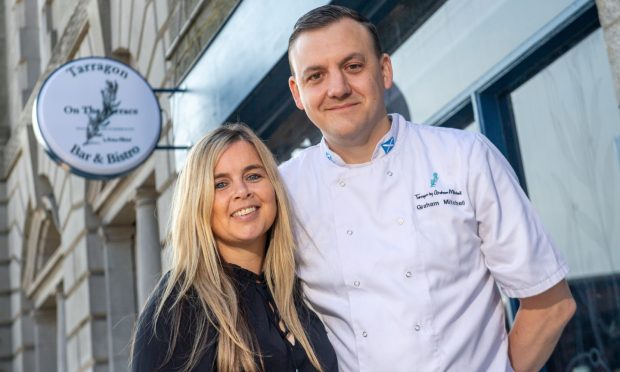
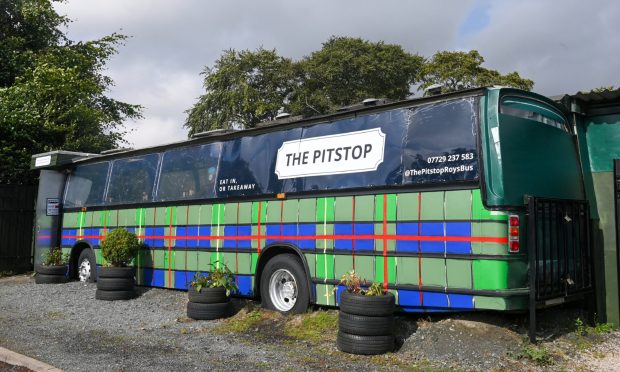
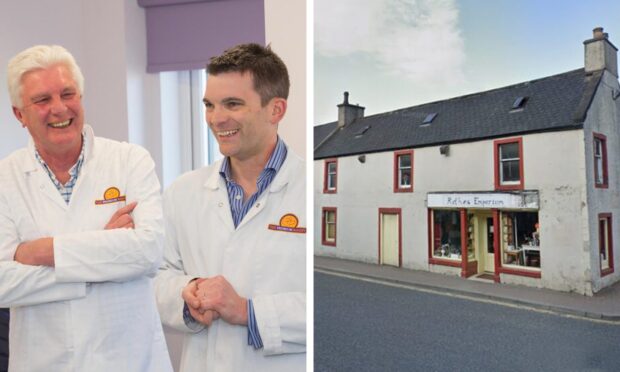
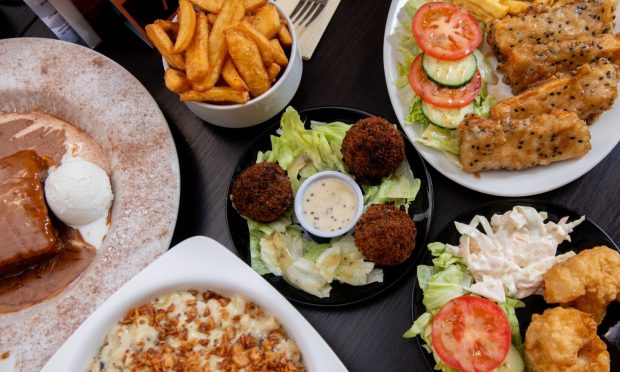
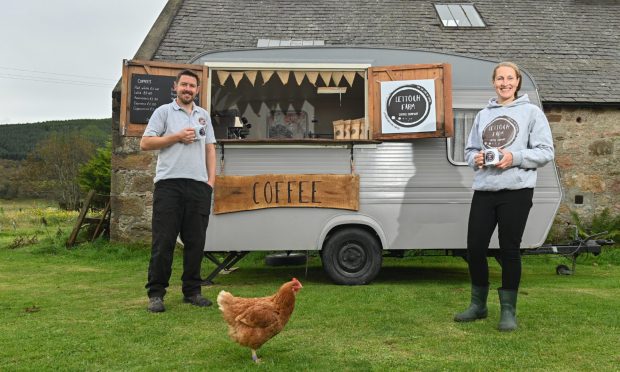
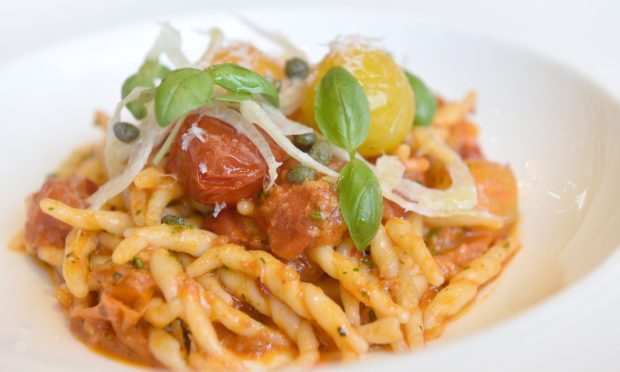
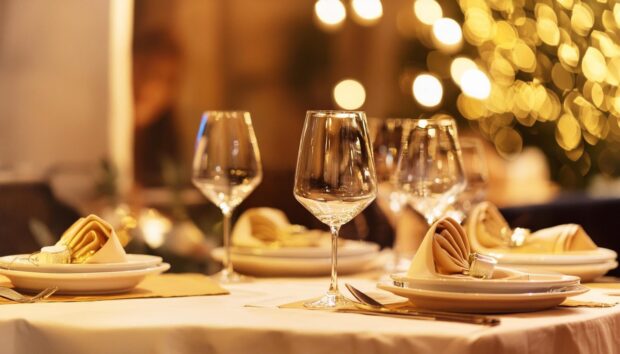
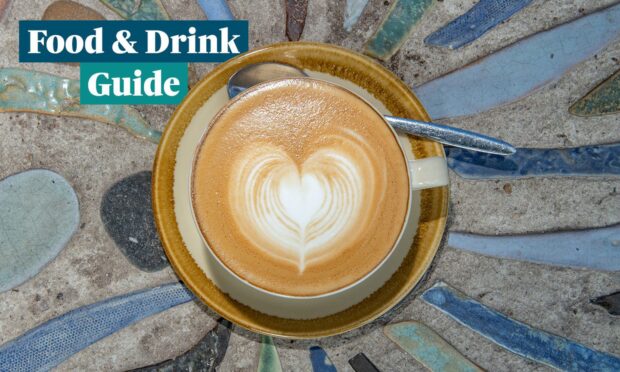
Conversation